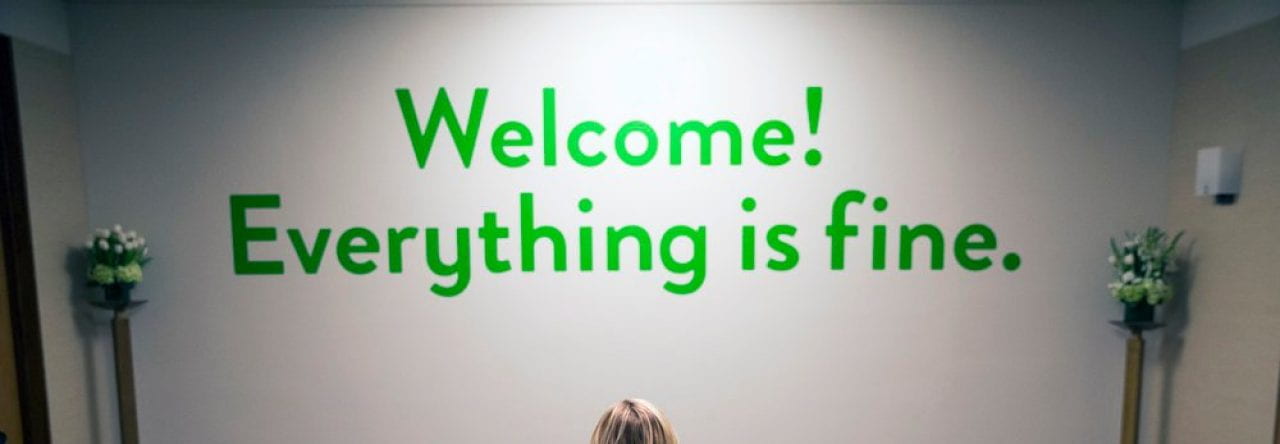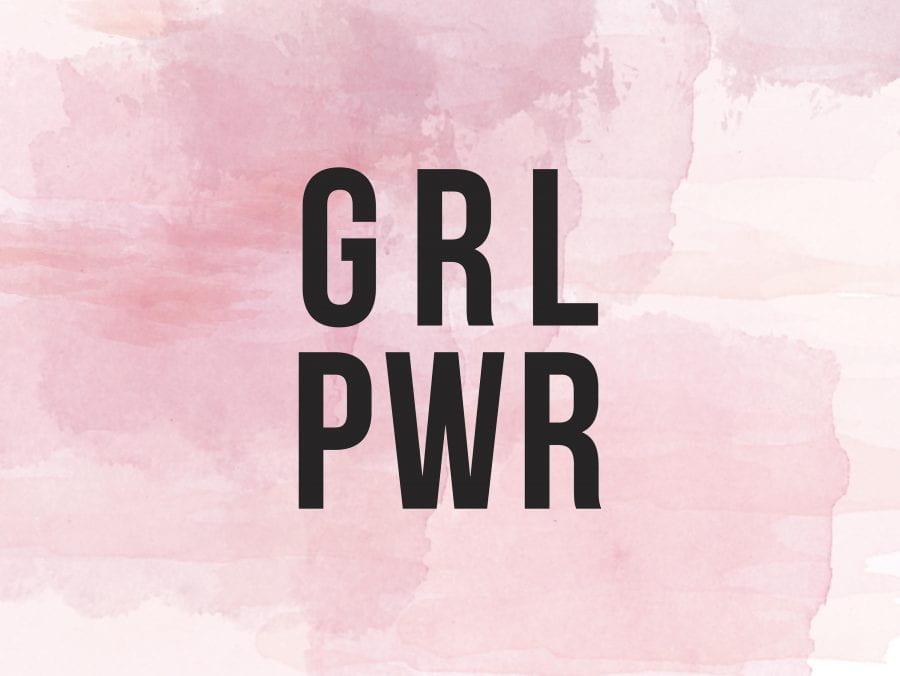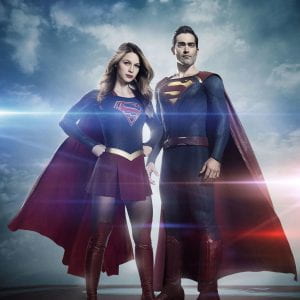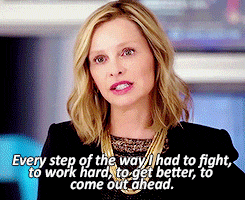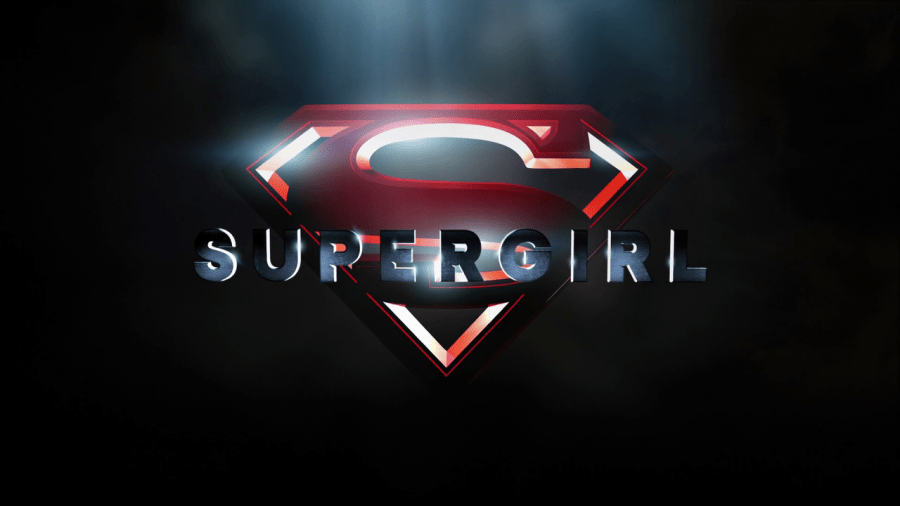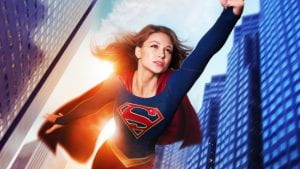Katz, Ron. “Cross Gender Representation in Sportscasting.” Forbes, 2015, Forbes.com, https://www.forbes.com/sites/rkatz/2015/11/28/gross-gender-discrimination-in-sportscasting/#59bcbc71691c.
This article brings to the readers’ attention some of the differing standards that viewers judge men and women sportscasters by. As a result of his research, the author found that male sportscasters tend to be judged by the amount of sports knowledge they have and their speaking ability, while women are judged almost solely on their appearance and apparent “sexiness.” The value of this source is found in the questions that it raised about how people view women in sports media. Due to audiences’ gender stereotypes, women sportscasters struggle to gain credibility in a male-dominated industry. This article also notes how in some professional sports such as football, organizations encourage their employees to interview minority candidates for management positions, but there is nothing like that within today’s sports media landscape due in large part to the lack of pressure to bridge this gap of gender discrimination. While this article makes some very valid points and even references some credible sources of research, it should be noted that it does not have any hard facts within the article. It does however give us a keener insight into the minds of sports audiences.
Madkour, Abraham D. “Women in sports media cite progress, obstacles.” Sports Business Journal, 2017, sportsbusinessdaily.com, https://www.sportsbusinessdaily.com/Journal/Issues/2017/03/06/Opinion/From-The-Executive-Editor.aspx
This article discusses the challenges that women are facing within the sports media landscape. It notes that because it is such a male dominated industry, women have to be twice as prepared and on their game as their male counterparts. Their mistakes seem to carry more backlash and consequences because of their gender. It tells us that women have come a long way in this industry but many times there is a negative reaction towards them based solely on viewer’s perceptions of what an acceptable role in the sports landscape should be for women that totally disregards a woman’s experience and expertise on a subject matter. The value of this article is that it shows us some of the popular opinions towards women sportscasters. We should be mindful, however, that this article is not peer-reviewed and that its sources of information are probably biased on the subject matter due to their lack of objectivity.
Mastro, Dana, et al. “The Wide World of Sports Reporting: The Influence of Gender- and Race-Based Expectations on Evaluations of Sports Reporters.” Journalism and Mass Communication Quarterly, vol. 89, no. 3, 2012, pp. 458-474. ProQuest, http://prx.library.gatech.edu/login?url=https://search.proquest.com/docview/1036601497?accountid=11107.
This journal article raises the question of how visual framing and content affect how viewers perceive both the message and the reporter. It also discusses how race and gender expectations affect how the audience judges a reporter and whether or not they are seen as competent and credible. It does this through studying the reactions to different newspaper excerpts and by also asking the participants questions in order figure out their preconceived notions regarding gender and sports. This study found that journalists who were of the same race and gender that audiences associated with a sport (ex. women’s gymnastics being seen as a white, female sport) were seen as more credible and a better source of information than their counterparts. This source is a valuable resource because it discusses the impact that intersectionality has on the sports media industry. It also has some relevant data that shows the ratio between gender and sports coverage.
Mudrick, Michael, and Carolyn A. Lin. “Looking on from the Sideline: Perceived Role Congruity of Women Sports Journalists.” Journal of Sports Media, vol. 12, no. 2, 2017, pp. 79-101. ProQuest, http://prx.library.gatech.edu/login?url=https://search.proquest.com/docview/1966844219?accountid=11107.
This article uses college students to study how attractiveness and gender play a role in audience loyalty, and how it impacts the audience’s perception of the expertise and trustworthiness of a sports journalist. The results of this study found that gender-role congruity between reporter and sport type, such as women reporting on female sports, is a major factor in how audiences view the information that they have been given. In addition, many women reporting in sports that are thought of as male appropriate are seen as incongruent and out of place with the image that is being portrayed by this sport. More attractive reporters are also seen as more reliable than unattractive ones. This study is extremely relevant research because it also raises the key point of gender roles within sports media, and how when people do not adhere to those roles they are seen as less credible and less enjoyable to watch by most audiences.
Mudrick, Michael, et al. “Sportscasting Success: Varying Standards may Apply.”Journal of Sports Media, vol. 13, no. 1, 2018, pp. 49-73. ProQuest, http://prx.library.gatech.edu/login?url=https://search.proquest.com/docview/2056814931?accountid=11107.
This article is about a study that was done to test how people compare male and female sportscasters. They had participants watch a basketball debate between a male and female sport show hosts from ESPN’s former show Numbers Never Lie. The researchers looked at four characteristics, expertise, trustworthiness, dynamism, and likeability, and compared the positive and negative comments about both of the show hosts in each category in order to see how people perceive different genders when given a direct comparison between male and female sportscasters. The results from this study showed that the male host received more positive feedback in all the areas except for trustworthiness. He was seen as more dynamic and likable and with more sports expertise than the female host. This source was extremely valuable because it showed how the social role theory, which says women and men are expected to behave in certain ways due to their gender, plays a major role in how sportscasters are evaluated by viewers. It also relates to some of the other research I have found because it confirms how a woman’s likability on television is often directly linked to her appearance.
Weathers, Melinda, et al. “The Tweet Life of Erin and Kirk: A Gendered Analysis of Professional Sports Broadcasters’ Self-Presentation on Twitter.” Journal of Sports Media, vol. 9, no. 2, 2014, pp. 1-24. ProQuest, http://prx.library.gatech.edu/login?url=https://search.proquest.com/docview/1555372574?accountid=11107.
This article discusses a study about social media and the difference that exists between male and female sportscasters presentations of themselves on social media platforms. It looks at the Twitter profiles of a male and female sportscasters and compares their tweets to see the differences that exist between how they portray themselves to the general public. It compared the topics that both journalists tweeted about and the frequency of those tweets. The results of this study showed that their presentations of themselves conformed to the prevailing ideologies and stereotypes that surround the sports media realm. The woman sportscaster was found to tweet more about her personal life and the topics of fashion, family, and events in her day to day life. The male sportscaster, on the other hand, was much more likely to tweet about what was going on in the sports landscape and offer analysis and predictions for the fans. The value of this study is that it shows how easily people fall into the boxes that have been assigned to them, partly because of society’s expectations. It raises an interesting question to ponder what would be the public’s reaction if the gender roles were reversed.

